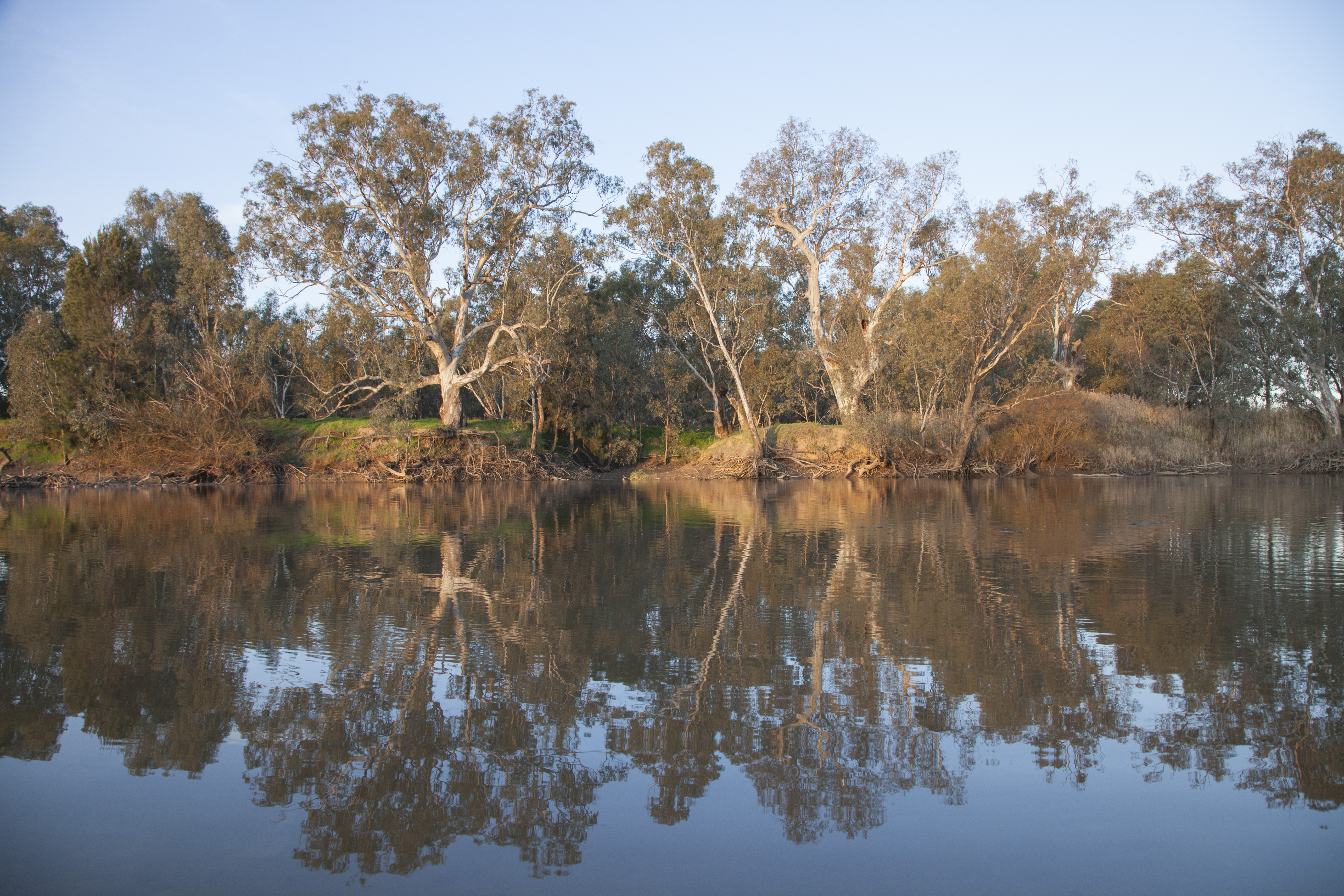October 2024

The Inland Communities Water Safety Program, supported by the Australian Government, was designed to engage with regional, remote, and inland communities. It aimed to develop localised drowning prevention interventions and deliver tailored water safety programs to communities who miss out or are at increased risk.
The program focuses on collaborating with, and building the capacity of, local stakeholders to address water safety challenges and implement community-driven solutions.
Below we've outlined some of the key successes of the program this year:
The Inland Communities Water Safety Program highlights the importance of working together with multiple stakeholders, particularly in areas where resources are limited and with rising operational costs. Effective drowning prevention requires strong partnerships, clear communication, and good leadership. While working with community and industry organisations has been successful, sustainable funding and support are crucial to keep these efforts well-resourced in order to meet growing challenges and deliver impactful interventions.
We are committed to improving our collaborative approach to prevent drownings in inland waterways and regional and remote communities. This includes advocating for and developing further safety standards and swimming participation. Building local capacity and capability is a key priority to ensure water safety programs in these areas have lasting effects. By empowering local communities to take ownership of water safety plans, we will ensure that these efforts are sustained and effective over time.
Sustainable funding is essential to keep these programs going, especially with rising costs and growing expectations. We aim to strengthen our collaborations and provide support, to make sure responses to drowning risks in regional and remote areas are comprehensive and coordinated. By bringing together different groups around common goals and focusing on local needs, we will ensure that our water safety programs remain effective, culturally appropriate and responsive to the unique needs of local communities.
